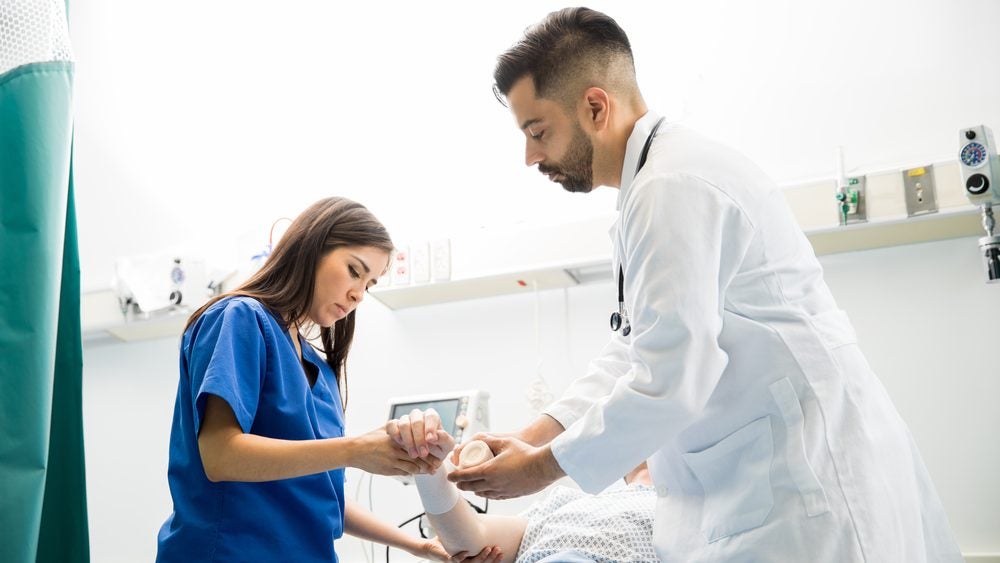The US Food and Drug Administration (FDA) has granted 510(k) clearance to US-based StimLabs wound care device Corplex P.
The device claims to be the first graft derived from the human umbilical cord extracellular matrix (ECM), to treat and manage acute and chronic wounds. Corplex P can be used to manage partial and full-thickness wounds, pressure ulcers, diabetic ulcers, surgical wounds, and trauma wounds.
An ECM wound care device works by providing a natural scaffold or structure that mimics the natural environment of cells in the body. Corplex P is made up of components such as collagen and glycosaminoglycans that support cell growth and tissue regeneration.
According to a market model on GlobalData’s Medical Intelligence Center, the wound care management market will generate $3.1bn in 2030 in the US, growing at a compound annual growth rate (CAGR) of 5.6% from $1.8bn in 2020.
There is an increased demand for advanced wound healing products due to an ageing population, and a sharp rise in the incidence of diabetes and obesity worldwide, as per GlobalData analyst Ashley Clarke, MASc.
In the announcement accompanying the clearance, StimLabs CEO John Daniel said: "The clearance of Corplex P changes the landscape for bringing human birth tissue-based products indicated for wound management to the market."
The regenerative technologies firm has also launched a fenestrated dehydrated complete human placental membrane (dCHPM) allograft, Relese, for the management of chronic and acute wounds in August 2023. The graft is made up of a selective barrier with channels that allow wound fluid to drain while also protecting the wound from the surrounding environment.
The product is processed using StimLabs Clarify technology, which is claimed to preserve all biologic tissue layers and retain the natural barrier membrane’s physiologic 3D structure.
Last year, the FDA cleared Convatecs InnovaMatrix ECM wound device, derived from the placenta, used to manage traumatic lacerations, dehisced incisional wounds, pressure and venous ulcers, post-surgical incisions, post-Mohs surgical wounds, and diabetic ulcers.









